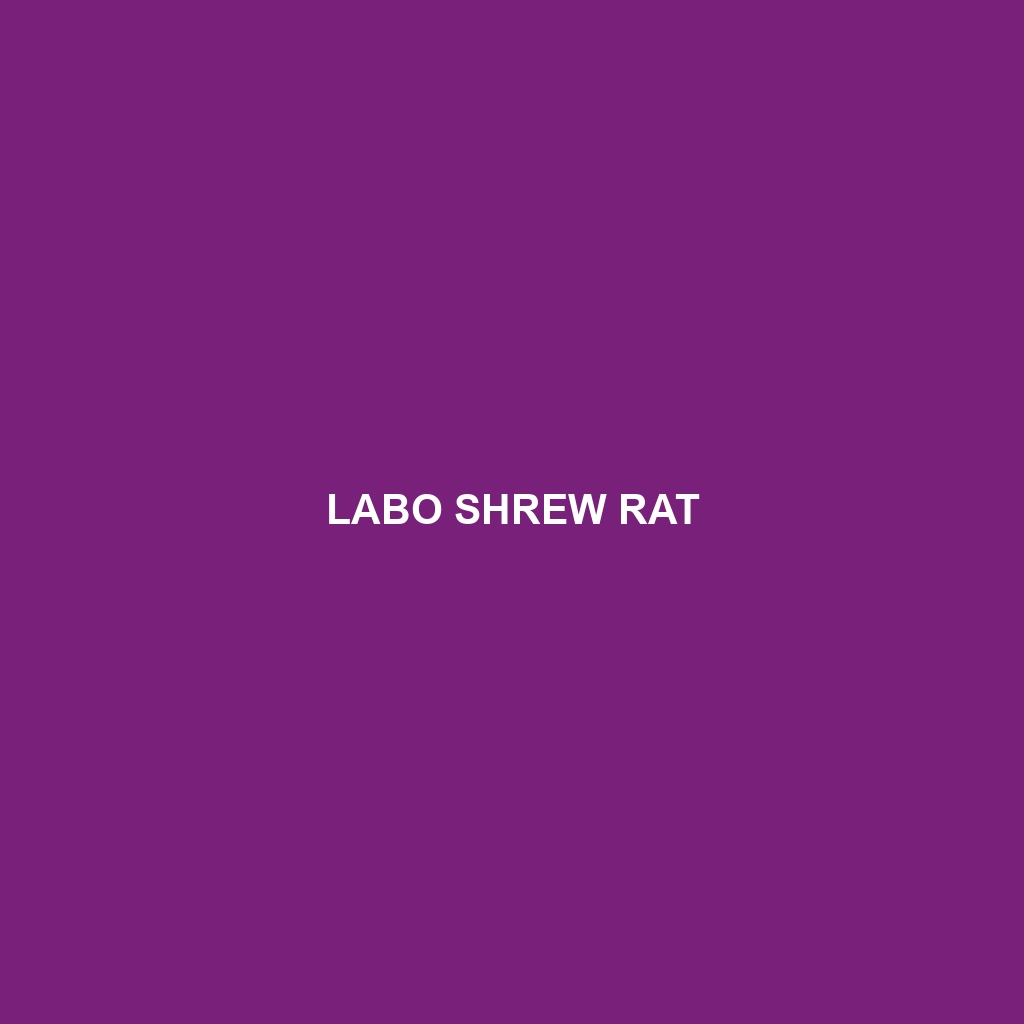Manchurian Zokor
Common Name: Manchurian Zokor
Scientific Name: Myospalax aspalax
Habitat
The Manchurian Zokor primarily inhabits the moist grasslands and forests of Northeast China, Mongolia, and parts of the Russian Far East. It thrives in well-drained soils that allow for burrowing, typically located at altitudes of 1,000 to 3,000 meters. These rodents favor areas with abundant vegetation, such as shrubland and mountain slopes, that provide cover and foraging opportunities.
Physical Characteristics
The Manchurian Zokor is a robust and compact mammal, measuring approximately 20 to 30 cm in length. It features a dense, soft fur coat that is usually brown or grayish in color, aiding in camouflage within its natural environment. Characteristic of the species are its short limbs, broad head, and large, outward-facing incisor teeth, which are well-adapted for digging.
Behavior
Manchurian Zokors are primarily fossorial, exhibiting behaviors typical of burrowing animals. They construct extensive tunnel systems underground, which serve as their habitat and source of protection from predators. These rodents are generally solitary, except during the mating season, and are most active at dawn and dusk (crepuscular). Their burrowing activity significantly aerates the soil, making them a vital component of their ecosystem.
Diet
The diet of the Manchurian Zokor predominantly consists of roots, tubers, and various plant materials. As herbivores, they actively forage for carbohydrates and nutrients, playing a crucial role in their habitat’s plant community dynamics. Their feeding habits can significantly impact the growth and distribution of vegetation in their areas.
Reproduction
Manchurian Zokors typically mate once a year, with breeding seasons occurring in the spring. After a gestation period of approximately 30 days, females give birth to litters of 2 to 6 offspring. The young are altricial, relying on their mother for warmth and nourishment until weaning, which occurs around four weeks post-birth.
Conservation Status
The current conservation status of the Manchurian Zokor is classified as “Near Threatened” by the IUCN Red List. The primary threats to its population include habitat destruction due to agriculture and urbanization, thus emphasizing the need for habitat protection and conservation efforts for this unique species.
Interesting Facts
– The Manchurian Zokor is known for its unique ability to dig extensive tunneling systems, which can reach depths of up to 2 meters.
– These zokors have an exceptional sense of smell that helps them locate food resources underground, making them highly efficient foragers.
Role in Ecosystem
The Manchurian Zokor plays a crucial role in its ecosystem by aerating the soil through its extensive burrowing habits. Its feeding behaviors also influence the types of vegetation that thrive in its habitat, thereby supporting a diverse range of other species. By assisting in nutrient cycling and soil turnover, the Manchurian Zokor contributes to the overall health of its environment.
